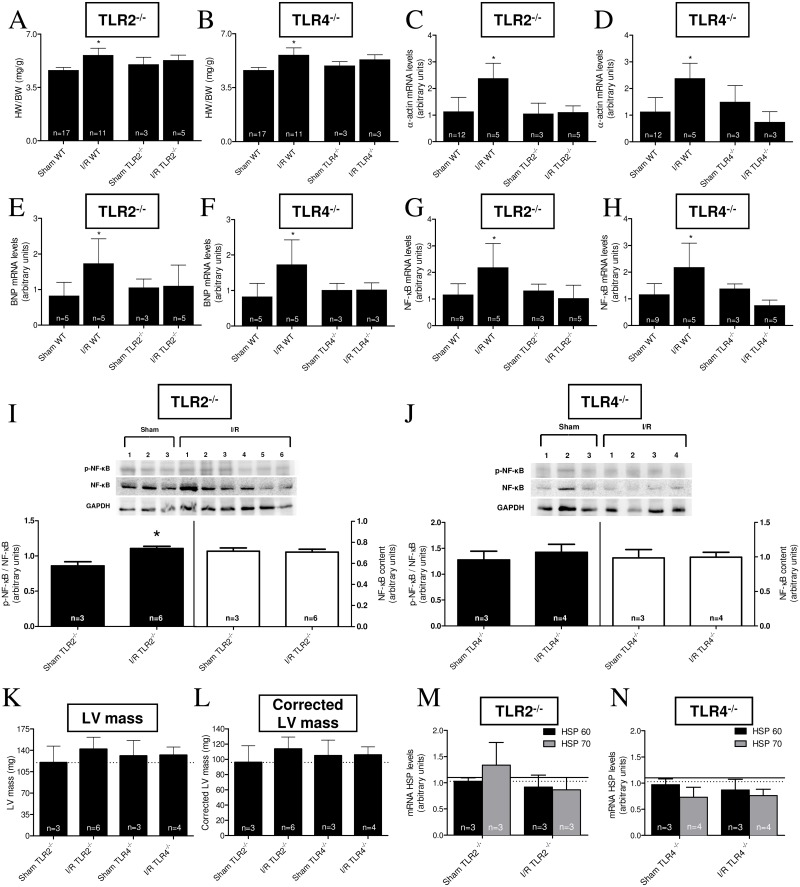Fig 5. Assays in TLR2 and 4 knockouts strongly suggest the participation of TLR2 and 4 in I/R-induced cardiac hypertrophy.
(A to H) HW/BW ratios, α-actin mRNA levels, BNP mRNA levels and NF-κB p105 mRNA levels assayed in TLR2-/- or TLR4-/- mice (indicated at the top of their respective panels). Each determination was carried out in Sham mice (15 days after intervention) or I/R mice 15 days after injury. The values for each parameter were compared with those obtained with WT mice, as indicated on the corresponding abscissae. The number of determinations is indicated within the bars. *P < 0.05 with respect to the corresponding Sham group (one-way ANOVA followed by Bonferroni post-test for selected pairs). (I and J) p-NF-κB/NF-κB ratio and total unphosphorylated NF-κB content in cardiac TLR2-/- and TLR4-/- mice in Sham and I/R conditions after 15 days; n: indicated within the bars and the gels, where each lane was loaded with cardiac homogenate from different mice. GAPDH was the housekeeping protein for control of loading. Black bars: p-NF-κB/NF-κB ratio; empty bars: total unphosphorylated NF-κB content. *P < 0.05 with respect to the corresponding Sham (Student’s t-test). (K and L) Left ventricle (LV) mass and corrected LV mass values determined in Sham and I/R TLR2-/- or TLR4-/- mice, 15 days after intervention. Dashed lines represent WT mice values. Data are mean ± SD; the number of determinations is indicated within the bars. No statistical differences were found when the I/R group from each knockout was compared to its corresponding Sham group (Student’s t-test). (M and N) HSP60 (black bars) and HSP70 (gray bars) mRNA levels in TLR2-/- and TLR4-/- (Sham and 15 days I/R mice). Solid line and dashed lines represent WT values for HSP60 and HSP70, respectively. Data are mean ± SD; the number of determinations is indicated within the bars. No statistical differences were found when the I/R group for each protein in TLR2-/- or TLR4-/- was compared to the corresponding knockout Sham (Student t-test).

